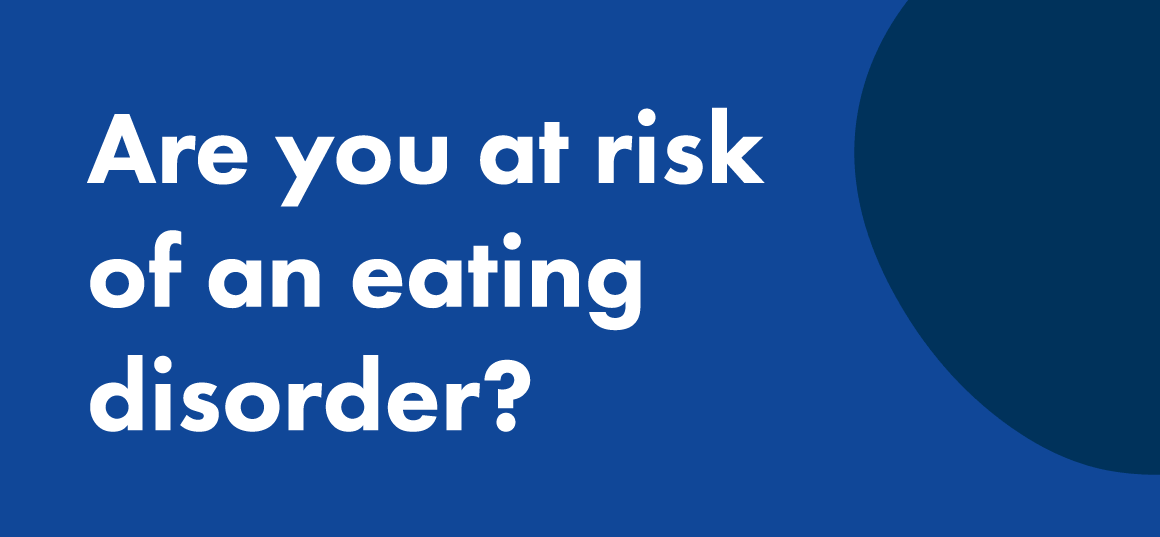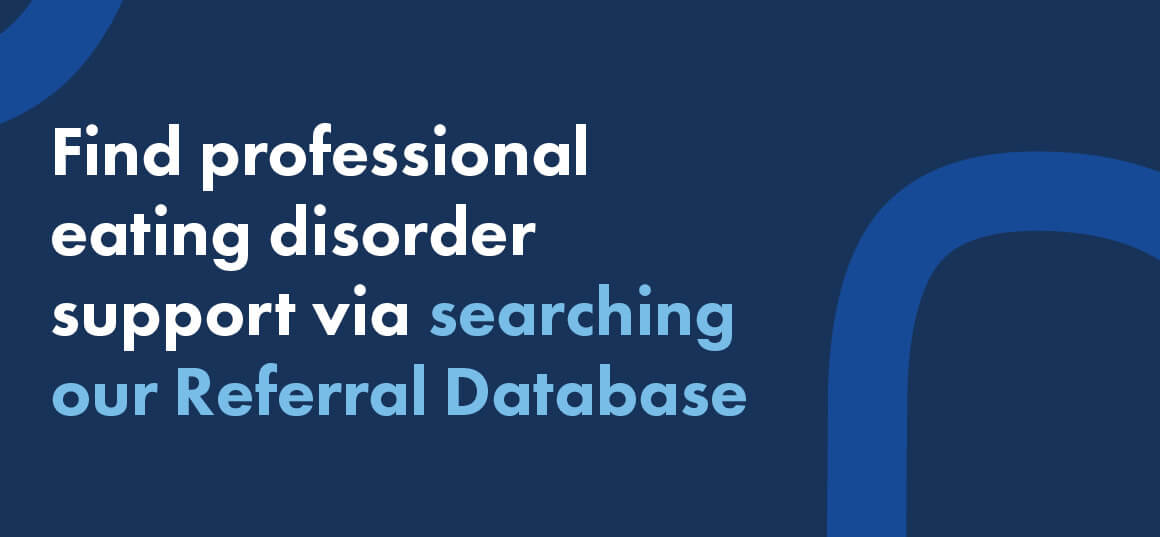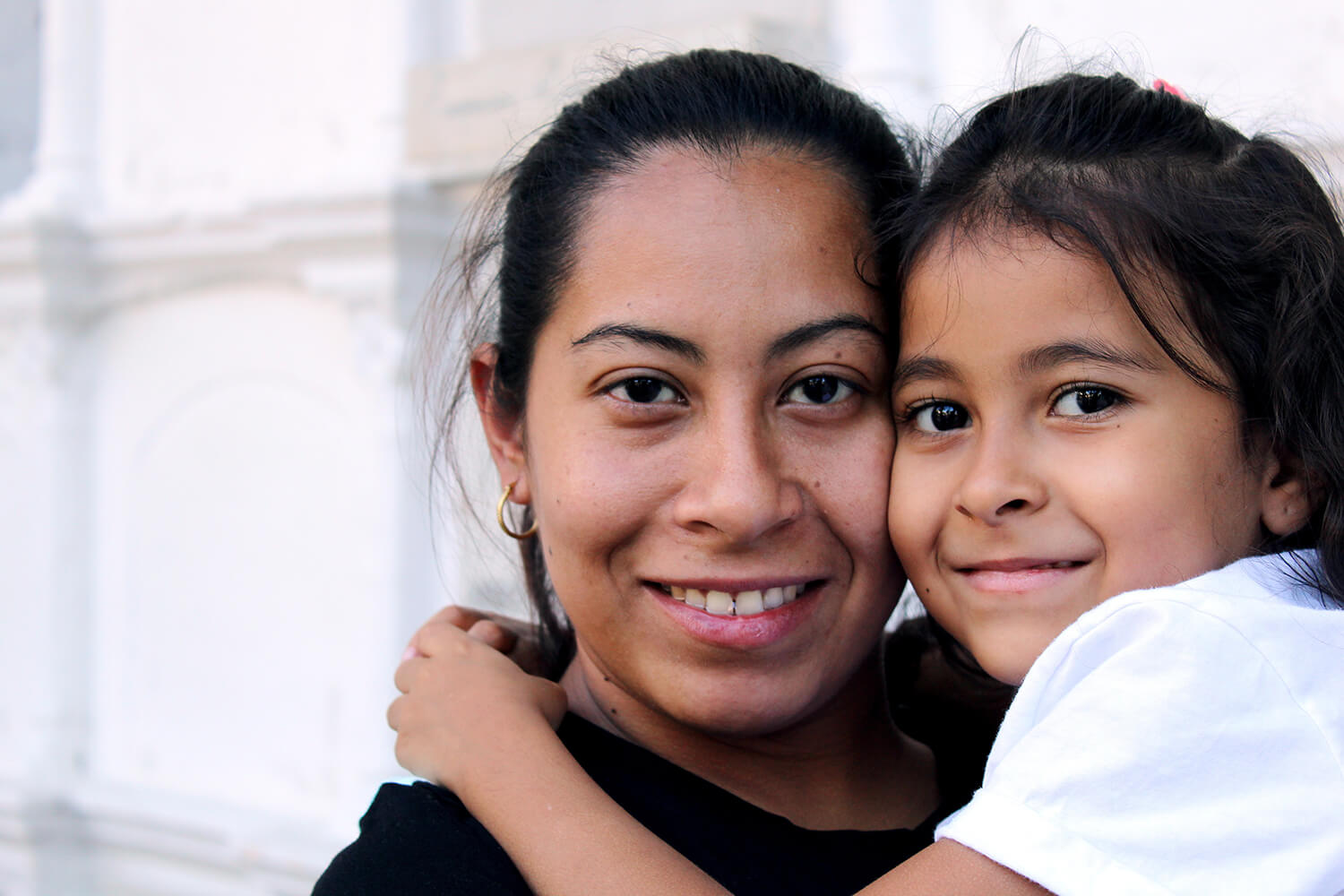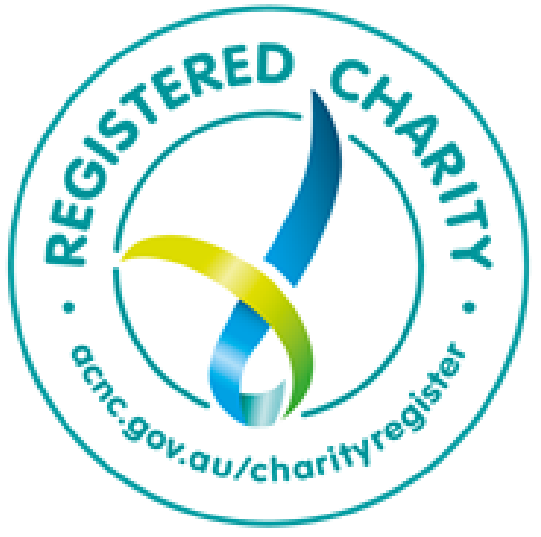Unhealthy weight control behaviours in adolescents: How common are they and what are the healthcare costs?
What are unhealthy weight control behaviours and how common are they?
Unhealthy weight control behaviours encompass extreme measures such as fasting, vomiting, excessive exercising, and the non-prescription use of weight loss products.
Disturbingly, adolescents across the weight spectrum commonly adopt these strategies. Studies from the US have found that these weight loss products are being used in children as young as 12 years old (1).
In Australia, an analysis of a national survey of children and adolescents (Young Minds Matter Survey) found that up to 1 in 3 teenagers has ever engaged in any types of such behaviours during the last 12 months (2).
Specifically, approximately 1 in 6 Australian adolescents engaged in fasting, while 1 in 12 adolescents engaged in vomiting or purging within the same period.
Less common, excessive exercising (defined as exercising 6 or 7 days per week for over 2 hours at a time) was found among 4% of Australian adolescents in the past 12 months (3).
Another form of extreme unhealthy weight loss control behaviour involves the usage of non-prescription weight loss products such as diet pills, laxatives, or diuretics.
Our recently published study has incorporated data of 90 studies from various countries and featuring different product types to determine how common weight loss product use is in adolescents (4).
We found that 1 in 20 adolescents engaged in such behaviour within the past month. This number increased to 1 in 15 adolescents when considering the past year, and nearly 1 in 10 when considering lifetime usage.
Diet pills emerged as the most frequently used type of weight loss product among adolescents (4).
Unhealthy weight control behaviours: what are the costs?
We embarked on the first-ever Australian study, using a large national, longitudinal dataset spanning 6 years, to explore how unhealthy weight control behaviours (UWCBs) among adolescents (aged 14-18) are linked to healthcare costs (funded by Medicare), school absenteeism, and cost of parents’ time to look after their children when they are absent at school.
Our findings reveal that adolescents engaging in such behaviours face a higher economic burden, with biannual healthcare costs of $399 (equivalent to $200 annually) and missing more school days (1.35 days biannually, or 0.68 days annually) compared to their counterparts without UWCBs.
Considering that 1 in 20 of adolescents are estimated to engage in UWCBs with an adolescent population of 1.5 million (AIHW, 2021), we estimate the annual healthcare costs related to such behaviours to reach $19.2 million, accompanied by 64,800 days of school absenteeism at the population level.
Crucially, when examining different types of such behaviours, our research highlighted the significant financial impact of the most common unhealthy weight control behaviours, fasting.
The estimated healthcare costs associated with fasting amounted to $234 every two years (equivalent to an annual cost of $117) – a considerable difference compared to teenagers without engaging in fasting.
Considering the potential long-term health risks for adolescents engaging in such behaviours, such as depression, low self-esteem, poor nutritional intake and eating disorders, it is imperative to develop and implement effective and cost-effective interventions to prevent such behaviours in this age group.
Written by Long Le, Natasha Hall, Thao Thai
References
- Neumark-Sztainer D, Wall M, Larson NI, Eisenberg ME, Loth K. Dieting and disordered eating behaviors from adolescence to young adulthood: findings from a 10-year longitudinal study. Journal of the American Dietetic Association. 2011;111(7):1004-11.
- Sparti C, Santomauro D, Cruwys T, Burgess P, Harris M. Disordered eating among Australian adolescents: Prevalence, functioning, and help received. International Journal of Eating Disorders. 2019;52(3):246-54.
- Gorrell S, Hughes EK, Patton GC, Sawyer SM, Le Grange D, Kerr JA. Weight status and weight-control exercise in adolescents: A longitudinal population-based study. Eating Behaviors. 2023;49:101725.
- Hall NY, Hetti Pathirannahalage DM, Mihalopoulos C, Austin SB, Le L. Global Prevalence of Adolescent Use of Nonprescription Weight-Loss Products: A Systematic Review and Meta-Analysis. JAMA Network Open. 2024;7(1):e2350940-e.






















